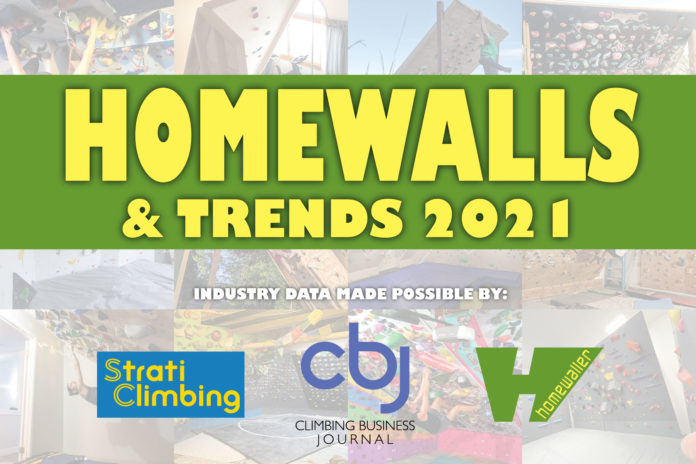At the outset of the pandemic, Climbing Business Journal made the qualitative observation that the era of home climbing walls had arrived. But questions still remained around the homewall boom which required quantification: Just how many people were building homewalls in response to the COVID-19 pandemic and its gym closures? How much were the owners spending on their builds, and on what components exactly? And how would the trend towards at-home climbing impact the gym side of the industry?
To answer these questions and others, CBJ launched the comprehensive Strati Climbing Homewall Survey to power this first ever Homewalls & Trends report. The survey took place from October 4 to October 18 2020, and 402 homewall owners spanning 5 continents and 24 countries took the survey. In addition to being powered by Strati Climbing, the survey was made possible with additional support from Atomik, Chalk Cartel, Kilter and Stoked.
The full results of the Strati Climbing Homewall Survey are listed below.
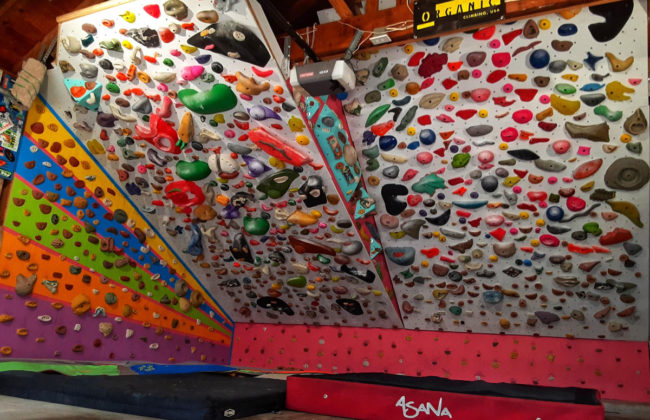
The Average Homewall
Based on the answers from this subset of homewallers, the average homewall is located in the U.S. (78%), was built in the last five years (85%) and is located in a garage/workshop and/or yard (70%). The majority of the homewallers were under the age of 36 (59%), already climbing before they built their homewall (93%), and built their homewall in response to the COVID-19 pandemic (57%). Before their build, brand resources were the most popular sources consulted for beta (60%).
This survey also shed light on budgets for homewalls. The average homewall owner spent $2,641 on their entire homewall project, which can be broken down into its parts: $1,035 on just the walls, $328 on padding/flooring, $1,142 on holds and volumes, and $136 on additional features like hangboards (65%). However, 48% were still planning to improve their flooring and the vast majority (82%) planned to continue adding holds and volumes, with an average annual budget of $395 for the latter. At the time of this survey, homewallers were typically relying on crash pads for safety in the landing zone (66%), with less than a quarter (23%) having thick and/or thin padding covering the entire area.
In terms of specifications, the average homewall is more often 65-128 square feet in size (41%), 8-10 feet tall (47%), and has 31-45-degree overhangs (57%). Routes are set on them every month or more frequently (61%), in some combination of spraywall style (72%) or specific routes (64%). Climbing on them most commonly takes place 3-4 times each week (42%), with 2-3 people (52%), and the sessions lasting 1-2 hours (57%).
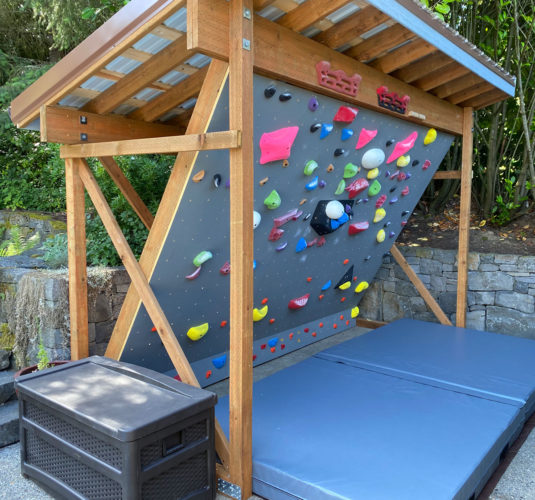
COVID Builds vs. Non-COVID Builds
Homewalls have been in existence since decades before this survey, but the current boom is worth analyzing in greater detail. The survey also provided a window into the latest trends around homewall construction in response to the COVID-19 pandemic (referred to as COVID builds throughout). When compared to non-COVID builds, on average these homewall owners were slightly younger (66% under the age of 36 vs. 50%), more likely to have someone in the household who is a member of a climbing gym (55% vs. 37%), and more often opted to build their homewall in the yard (35% vs. 16%).
These homewallers were also spending less on their homewall projects. The average COVID build cost significantly less than the average non-COVID build ($2,005 vs. $3,485), with lower spending on average across all components ($813 on walls vs. $1,328, $263 on flooring vs. $413, $844 on holds and volumes vs. $1,541, and $85 on additional features vs $203). However, homewall owners of COVID builds had a similar annual budget for new holds and volumes ($383 vs. $411).
The homewalls themselves are also smaller (64% under 129 square feet vs. 37%), slightly shorter (65% under 10 feet tall vs. 59%), and have less variety in terms of angles (1.8 15-degree varieties per build vs. 2.5). Yet even with less space to work with, homewall owners of COVID builds were setting routes more frequently (70% every month or more vs. 49%) and had someone climbing on their homewalls slightly more often (69% three times each week or more vs. 63%). But on average these sessions were shorter (81% under 2 hours vs. 72%) and involved fewer climbers (79% three or fewer climbers vs. 64%).
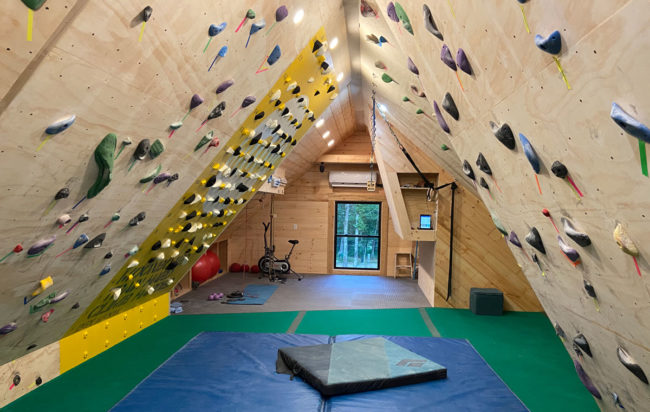
The Impact of Homewalls on Gyms
As climbers find new ways to climb during the pandemic, one of the lingering questions has been what impact this shift will have on climbing gyms. While much is left to be explored on the topic, the results from the survey are a positive sign for gyms. Since building their homewall, the vast majority of the homewall owners responding to the survey (77%) had visited the gym at some point. Even more telling, among homewallers with a gym member in their household, only 15% had not visited the gym since building their homewall. By and large, homewalls represent an additional climbing option, rather than a substitute for gym climbing (56% built their homewall for additional training space, and 15% had no climbing facility near their home).
This was also the overwhelming takeaway when scanning the write-in responses on the best things about homewalls. Homewall owners commented on the supplemental “freedom, flexibility, safety” that homewalls can provide, as one owner had summarized: the freedom to climb whenever it’s convenient and without traveling from the home; the flexibility to set one’s own routes, train for personal climbing weaknesses, and practice routesetting; and the safety during COVID-19 to climb within one’s own bubble (and outdoors for yard builds), and socially with one’s family/friends in that bubble (or when the gym is closed).
Additionally, homewall climbing and gym climbing are very different experiences, and the differences were highlighted in the write-in responses on the biggest challenges of homewalls. Besides the expense of the builds, homewall owners commented on several challenges: limited space, height and variety (“space is always a challenge,” said one owner); know-how at the start when constructing the homewall; keeping routes interesting and updating them regularly; t-nut maintenance, spinners and hold washing; handling weather challenges like rain (for yard builds), heat and humidity; and constantly having to clean the area of chalk.
Survey Results
Where are you located?
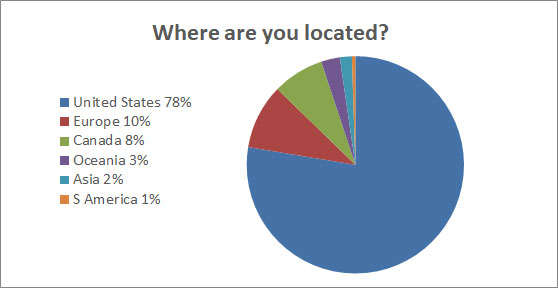
When did you build your homewall?
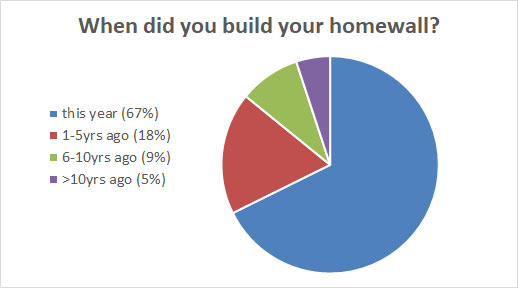
Why did you build your homewall?
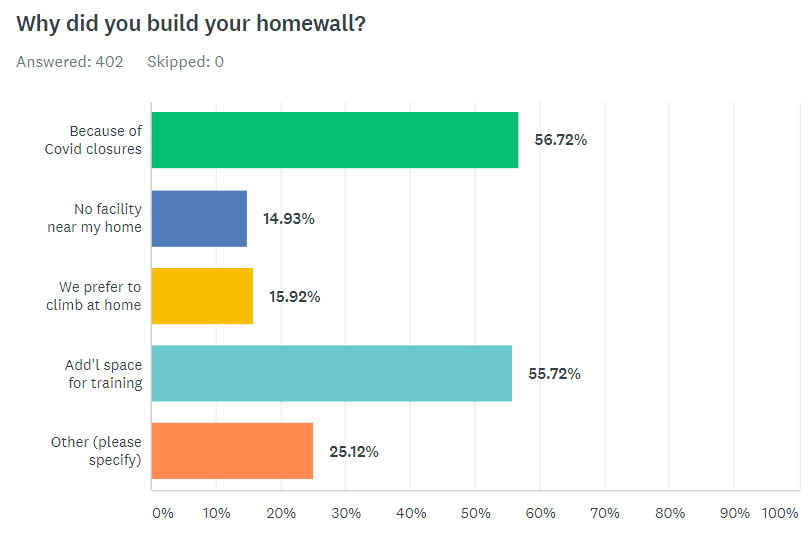
How long have you been climbing?
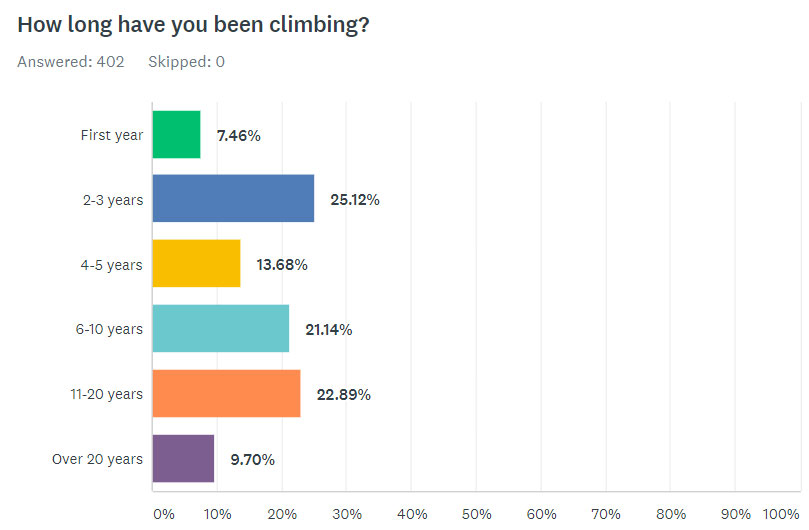
How old are you?
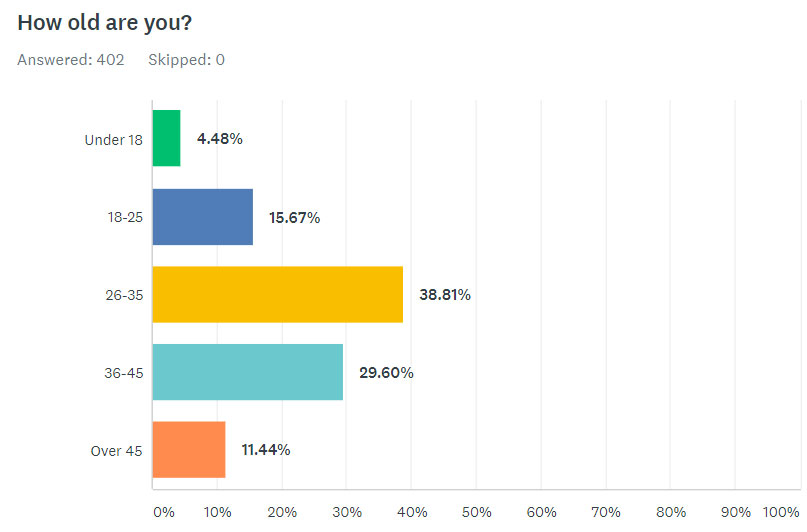
Where is your homewall located?
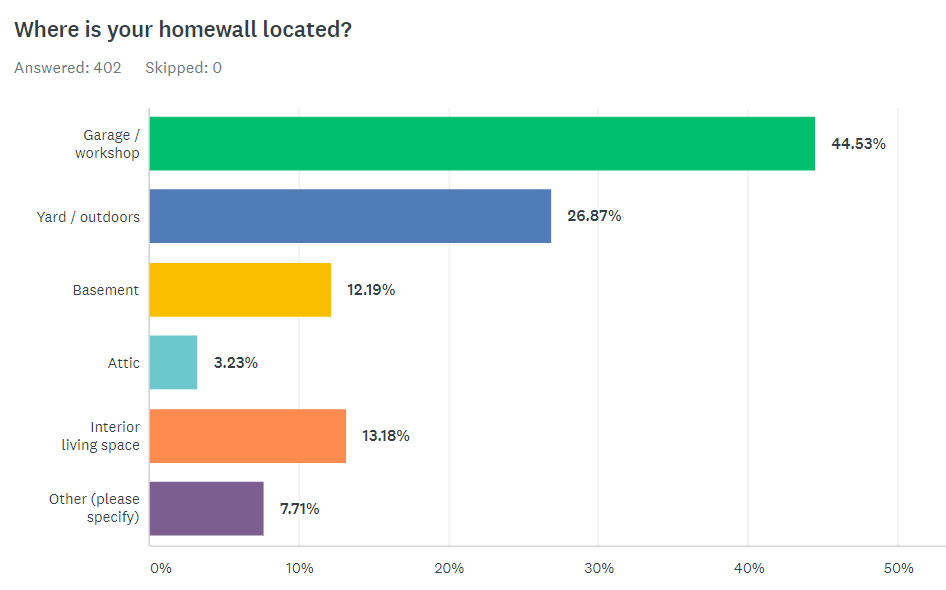
What sources did you consult before building?
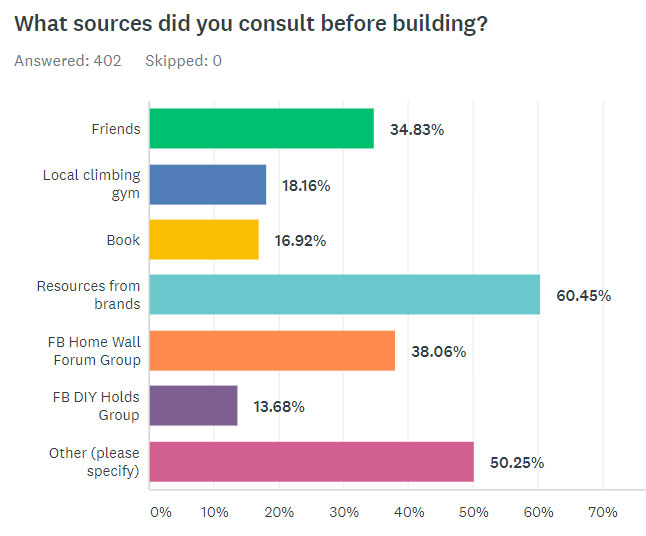
What safety equipment do you have?
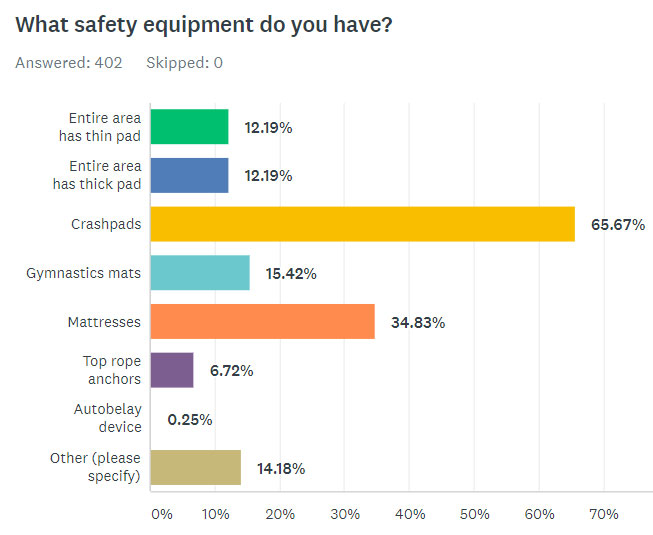
What additional features does your homewall have?
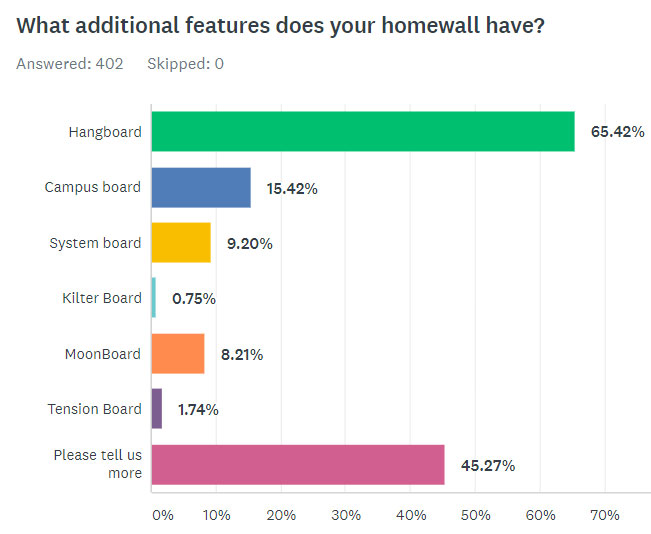
How much did you spend in total?
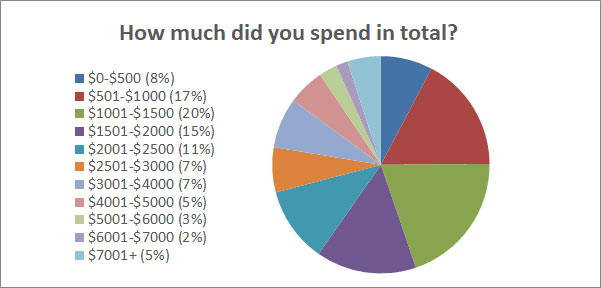
How much did you spend on walls?
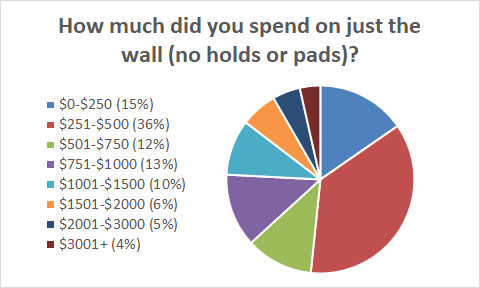
How much did you spend on padding/flooring?
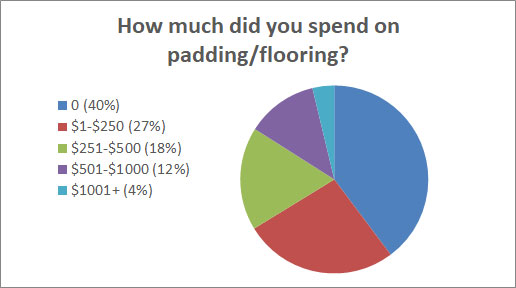
How much did you spend on holds and volumes?
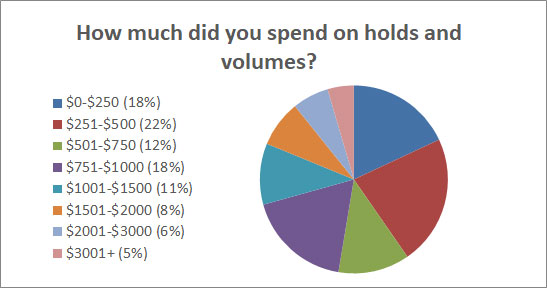
How much did you spend on additional features?
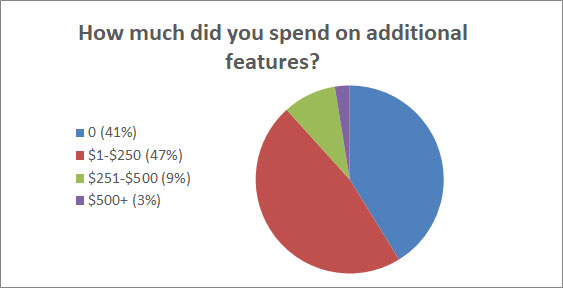
Do you plan to make significant improvements?
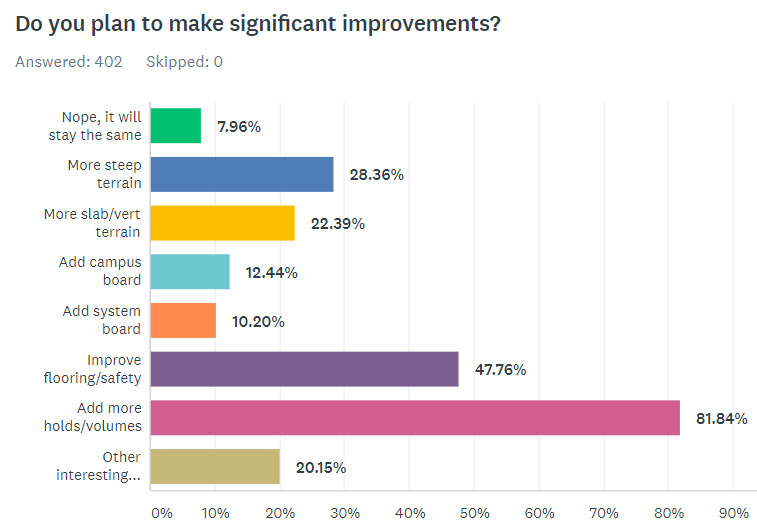
Annual future budget for holds and volumes?
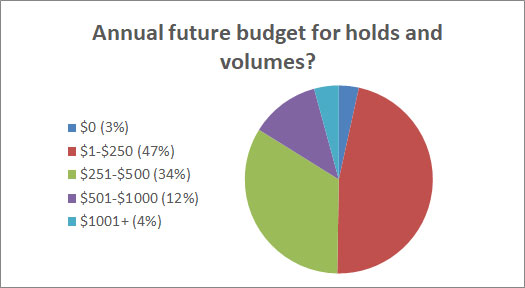
What’s most important for holds/volumes?
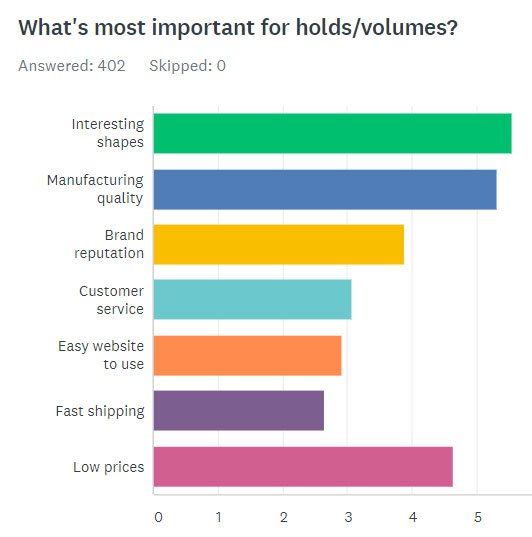
What is your total climbing surface area?
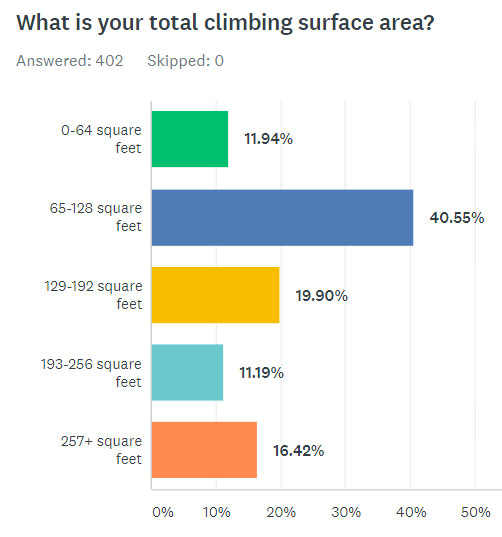
What is your maximum wall height?
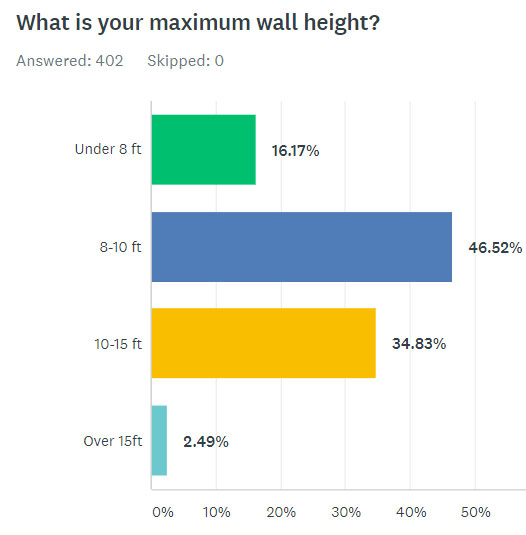
What angles do you have?
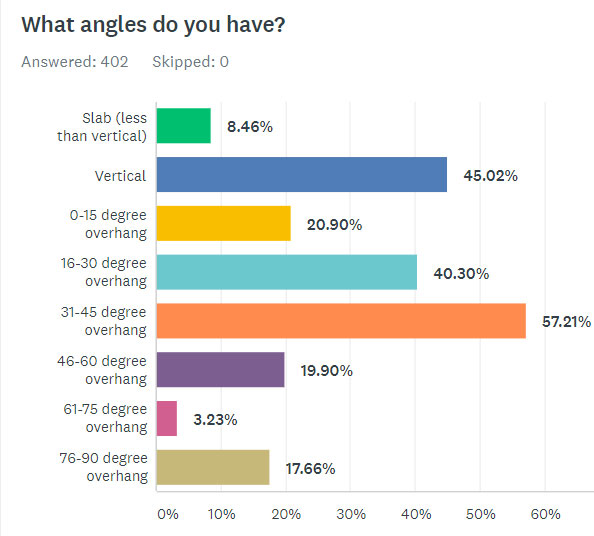
How often do you set routes?
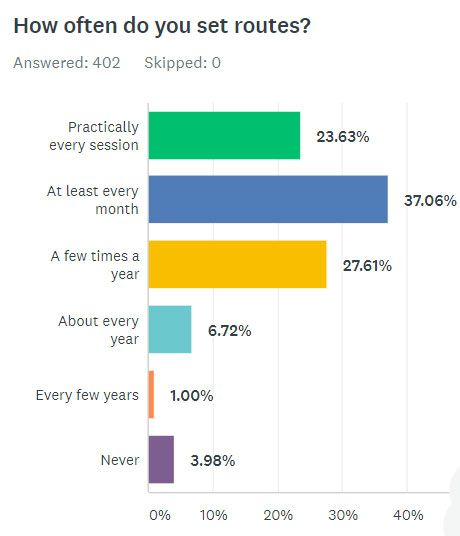
How do you set routes?
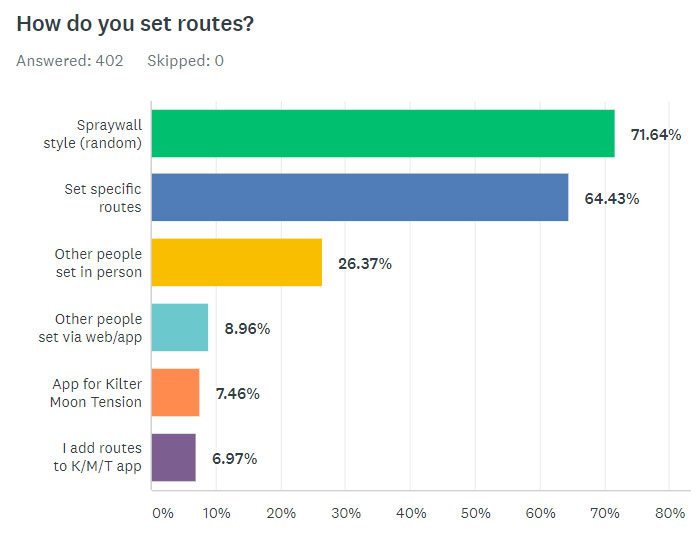
Do you get routesetting ideas from online sources?
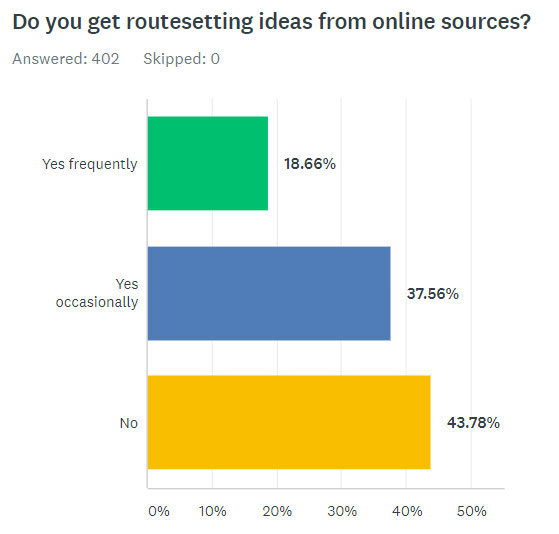
How many regular climbers do you have?
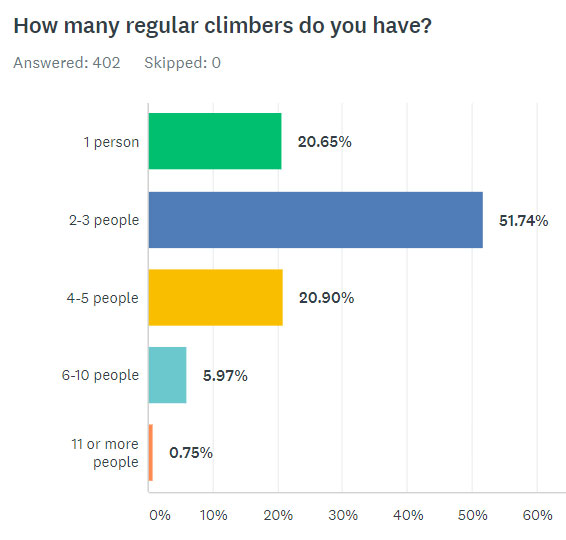
How often does someone climb on your homewall?
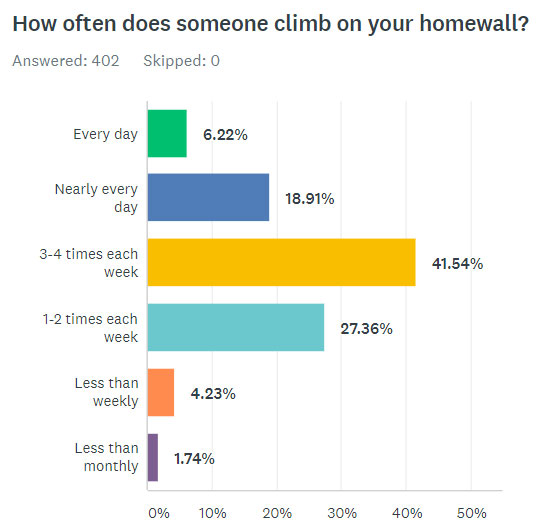
How long is a typical homewall session?
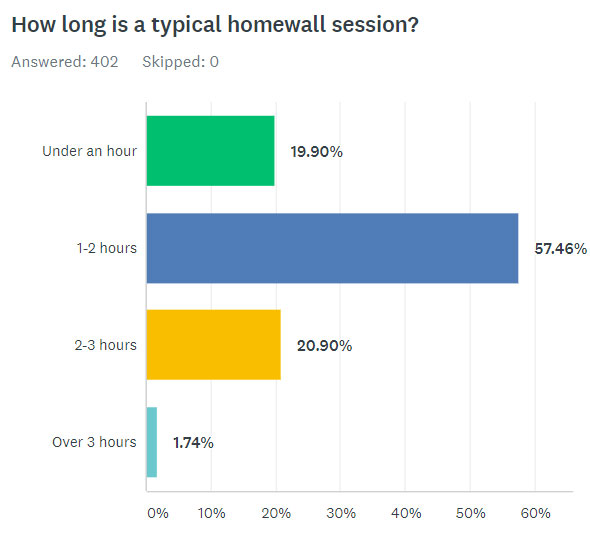
What is your affiliation with climbing gyms?
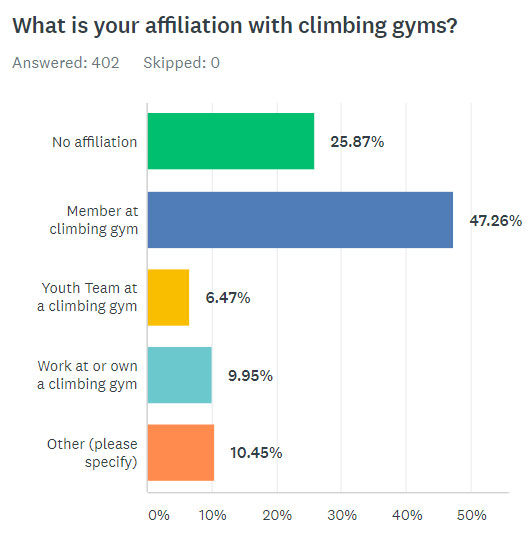
What are your plans to visit the gym again?
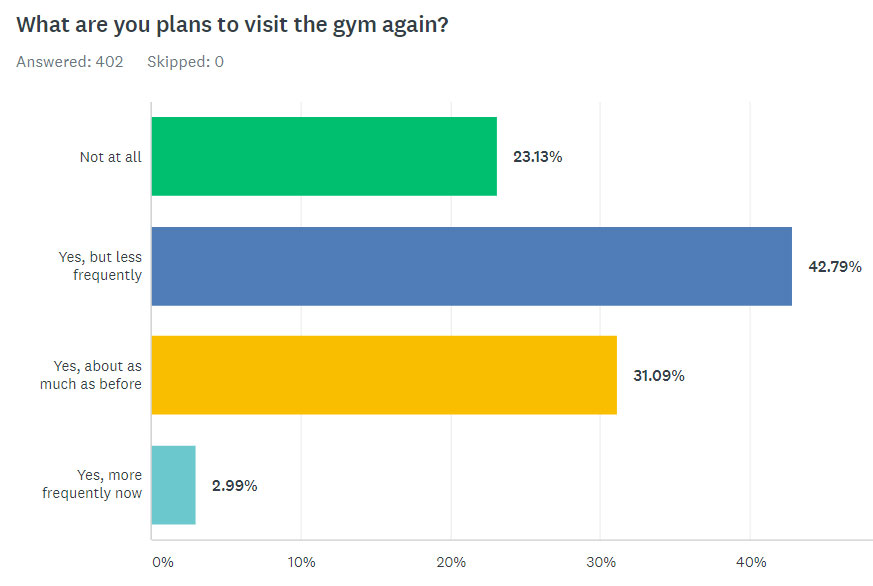
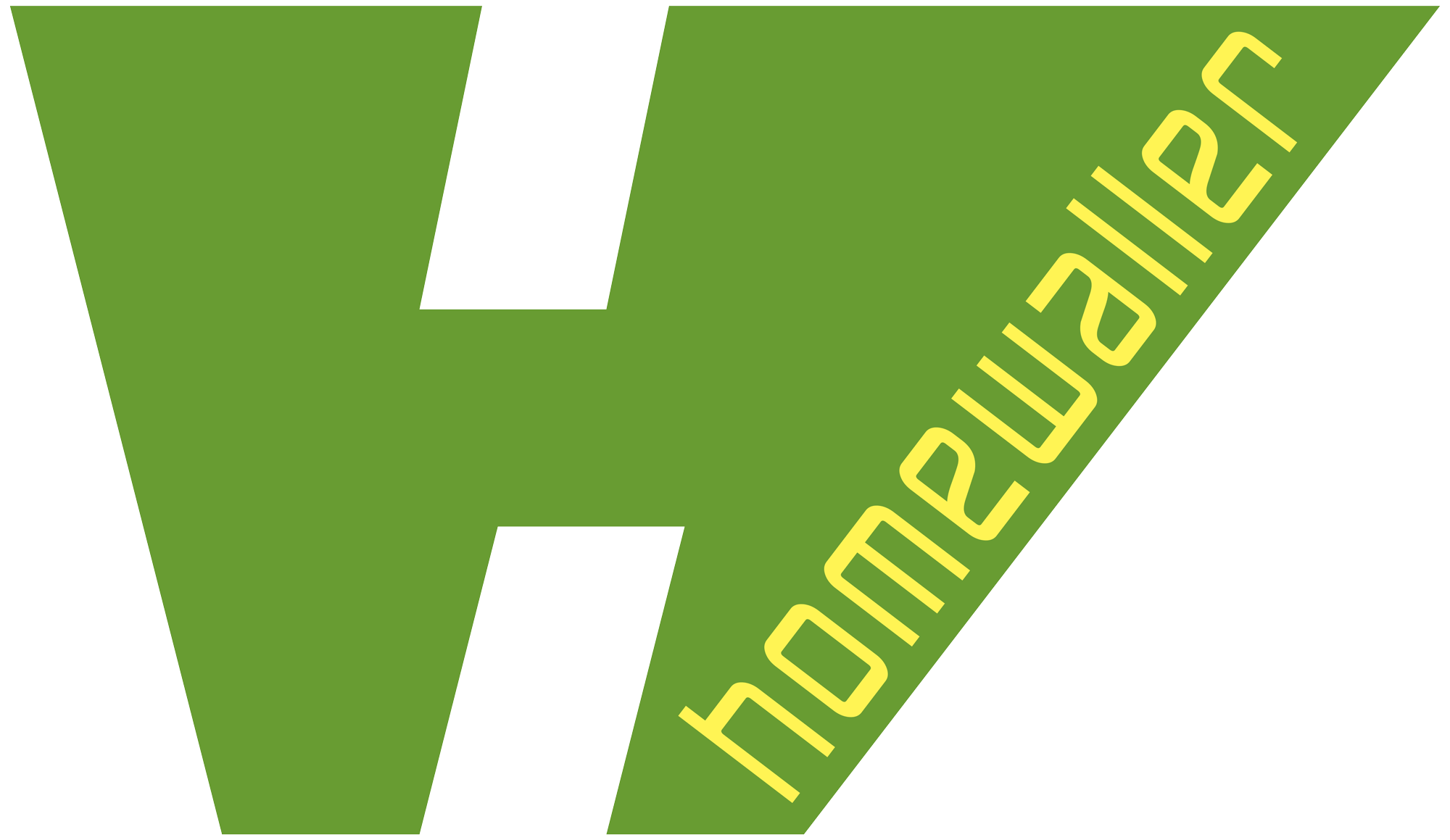
We created Homewaller to connect climbers passionate about climbing at home with great resources. Our team also runs the Climbing Business Journal.


